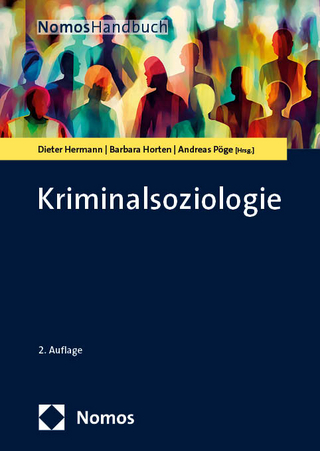
Realigning policy interventions on agricultural prices
monitoring incentives in low- and middle-income countries during the first wave of COVID-19
Seiten
2023
Food & Agriculture Organization of the United Nations (FAO) (Verlag)
978-92-5-135891-7 (ISBN)
Food & Agriculture Organization of the United Nations (FAO) (Verlag)
978-92-5-135891-7 (ISBN)
Shows that agricultural price incentives declined by 12.6 percentage points compared to the same months in previous years, suggesting that retail domestic price spikes may have largely been mitigated or avoided during the first wave of COVID-19.
COVID-19 has resulted in a shock to agrifood systems around the world, with the potential for low- and middle-income countries to be particularly affected. Although policy responses were more muted than during the 2007-2008 world food crisis, efforts to insulate from supply shocks and ensure local availability during COVID-19 have generally included export restrictions and import tariff reductions, among other responses. In an effort to enable rapid market monitoring and realignment, we develop a new indicator defined as a monthly nominal rate of protection 'express' which seeks to isolate as much as possible the effect of trade and market policies on domestic prices in real-time in order to understand how they responded. This analysis examines changes to this indicator during the first wave of the pandemic in 27 low- and middle-income countries for the most-consumed staple cereals of the poor and food insecure. We show that agricultural price incentives declined by 12.6 percentage points compared to the same months in previous years, suggesting that retail domestic price spikes may have largely been mitigated or avoided. However, impacts varied across countries and commodities, and this indicator can serve as a tool for examining primary drivers of changes and conducting causal analysis to facilitate adequate agrifood policy responses to support economic recovery in the post-COVID-19 era
COVID-19 has resulted in a shock to agrifood systems around the world, with the potential for low- and middle-income countries to be particularly affected. Although policy responses were more muted than during the 2007-2008 world food crisis, efforts to insulate from supply shocks and ensure local availability during COVID-19 have generally included export restrictions and import tariff reductions, among other responses. In an effort to enable rapid market monitoring and realignment, we develop a new indicator defined as a monthly nominal rate of protection 'express' which seeks to isolate as much as possible the effect of trade and market policies on domestic prices in real-time in order to understand how they responded. This analysis examines changes to this indicator during the first wave of the pandemic in 27 low- and middle-income countries for the most-consumed staple cereals of the poor and food insecure. We show that agricultural price incentives declined by 12.6 percentage points compared to the same months in previous years, suggesting that retail domestic price spikes may have largely been mitigated or avoided. However, impacts varied across countries and commodities, and this indicator can serve as a tool for examining primary drivers of changes and conducting causal analysis to facilitate adequate agrifood policy responses to support economic recovery in the post-COVID-19 era
| Erscheinungsdatum | 02.03.2023 |
|---|---|
| Reihe/Serie | FAO agricultural development economics working paper |
| Zusatzinfo | col. figs, tables |
| Verlagsort | Rome |
| Sprache | englisch |
| Themenwelt | Sozialwissenschaften ► Soziologie ► Spezielle Soziologien |
| Wirtschaft ► Betriebswirtschaft / Management | |
| Weitere Fachgebiete ► Land- / Forstwirtschaft / Fischerei | |
| ISBN-10 | 92-5-135891-5 / 9251358915 |
| ISBN-13 | 978-92-5-135891-7 / 9789251358917 |
| Zustand | Neuware |
| Haben Sie eine Frage zum Produkt? |
Mehr entdecken
aus dem Bereich
aus dem Bereich
eine Einführung
Buch | Softcover (2024)
De Gruyter Oldenbourg (Verlag)
29,95 €


